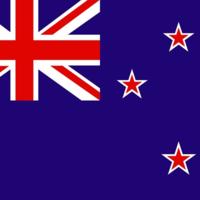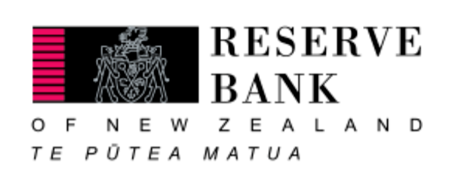It's the OCR that matters for inflation targeting
The Reserve Bank made changes to its monetary policy implementation framework during the COVID-19 pandemic. The Reserve Bank’s monetary policy implementation framework sets out how the supply of settlement cash is managed to ensure short-term interest rates trade around the Official Cash Rate (OCR). This ensures that monetary policy transmits through the economy. The purpose of supplying settlement cash is to enable commercial banks to settle all the payments that occur in the economy, each day.
The changes to the framework in 2020 mean that the current high level of settlement cash does not undermine the stance of monetary policy, as all balances are remunerated at the OCR. The changes also mean that the Reserve Bank is well placed to manage the evolution of the balance sheet over the coming years.
“Changes to the settlement cash level are not meaningful for the stance of monetary policy, so long as the level is sufficient for payment and settlement needs and balances are remunerated at the Official Cash Rate (OCR),” Karen Silk says.
The stance of monetary policy is primarily determined by the level of the OCR, which is set by the Monetary Policy Committee. The OCR level is based on the assessment and forecast of economic conditions. It is the OCR that matters for inflation targeting.
“It is important to understand that the level of settlement cash does not create inflation or deflation; in fact, in New Zealand, we have experienced periods of large settlement cash growth before, without changes to the stance of monetary policy,” she says.
The Reserve Bank will continue to supply sufficient settlement cash so that payments and settlements function smoothly. As settlement cash declines, staff will monitor market conditions and consider the optimal mix of tools and operations to ensure that short-term interest rates remain anchored around the OCR.






















































First, please LoginComment After ~